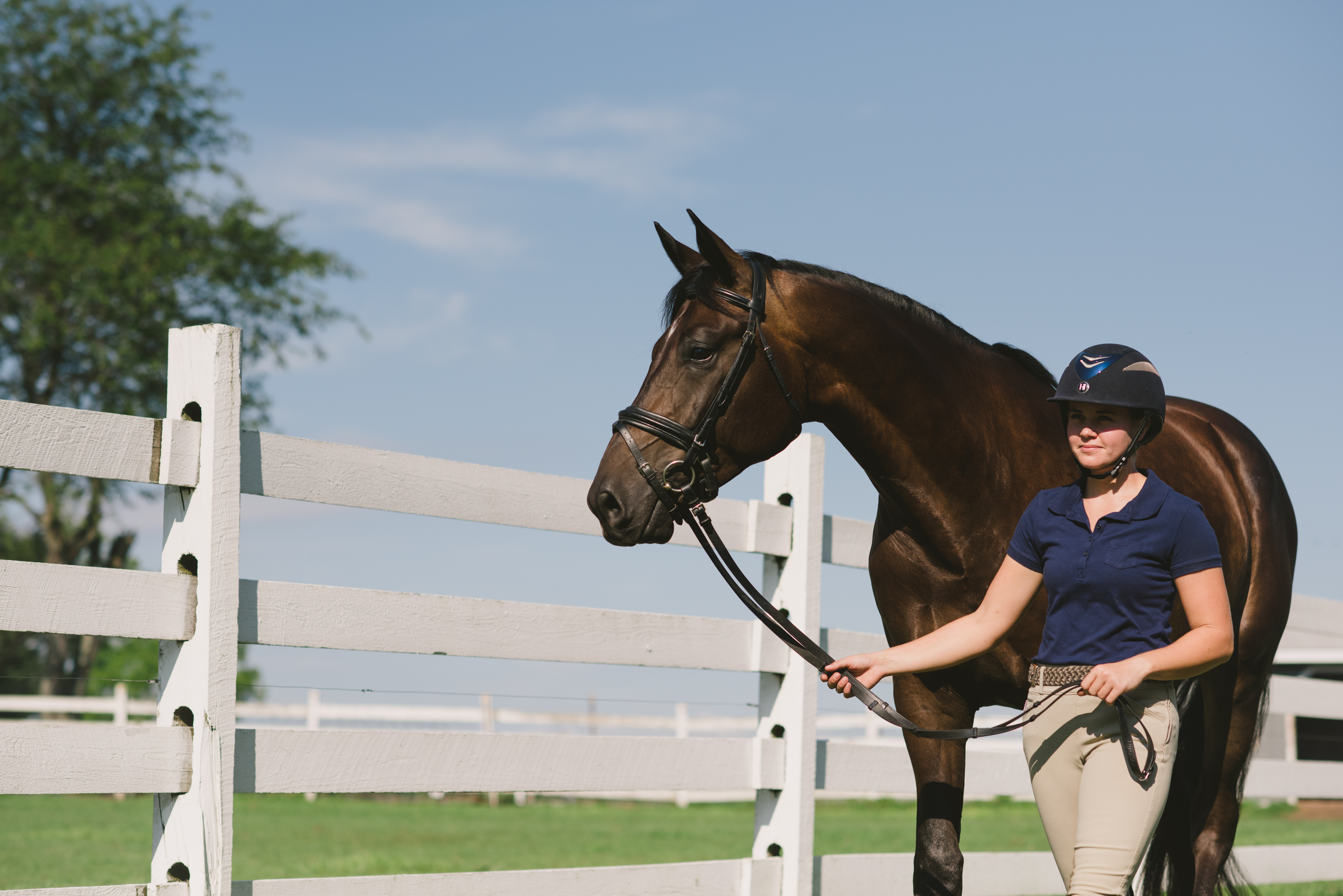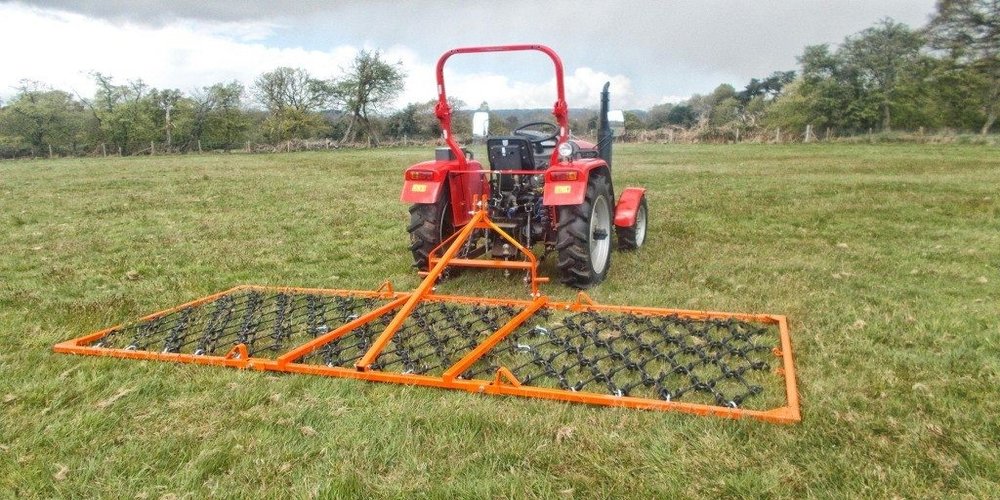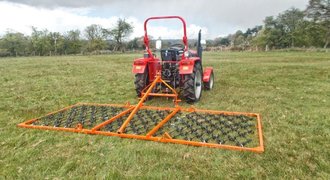
Getting back onboard
If you are planning to bring your horse back into work after time off during lockdown it pays to be prepared and to take things sl...
15 June 2020
Read More
Summer’s on its way, with the promise of warm weather, longer days, bright early mornings and balmy evening rides. We can turn our horses out for longer and they can enjoy the freedom of the fields with their equine friends. Spring is also the time to address some of those important annual jobs to help keep your stable, yard and grazing in good order for the summer months.
1. Spring clean your stable
Now your horse is out for longer it’s the ideal time to give your stable a good spring clean: clear out the bedding, brush those dusty walls, dust the cobwebs in the corners and then sweep and scrub the floors with a disinfectant safe for use in stables. A pressure washer can make this job easier and much more fun!
2. Clean the yard
With the warmer weather the weeds will start to pop up. Keep on top of them by giving the yard a vigorous sweep, making sure you get the dirt, dead leaves and muck out of every nook and cranny. A clean yard will be less attractive to flies and a more comfortable environment for your horse.
3. Harrow and roll your fields
Spring is the time for pasture management. If you have your own equipment now is the time to hitch up the harrow to level poached ground and pull out dead grass, moss and weeds. It will aerate the grass and encourage it to grow. Follow with rolling to firm up the soil and help the grass to establish and spread. You may also need to have your fields fertilised and sprayed but it’s best to seek professional advice from a grassland expert first.
4. Check your horse’s grazing for toxic plants
Spring is the ideal time to check your fields for any toxic plants such as ragwort rosettes and sycamore seedlings. Visit the HorseDialog ragwort and atypical myopathy blogs to find out more:
5. Check your fencing
With your horse spending more time in the field it’s important to check all your fencing and gates and carry out any repairs before they become a safety hazard for itchy horses who like to rub against the rails, other side of the fence grass snatchers or those who enjoy busting their way through damaged fencing!
6. Conduct a faecal worm egg count (FWEC)
FWECs should be conducted every 8 to 12 weeks between March and October. They will indicate which horses are passing the most worm eggs in their droppings and mean that horses are only treated when necessary.1 Remember though that FWECs don’t remove the need to treat horses at specific times of year for encysted small redworm, tapeworm and bots, none of which will show up in FWECs.2 Foals and young horses usually require a different approach; speak to your vet or SQP for specific advice.
7. Wash your rugs
Whether you wash them yourself or take them to a specialist rug cleaner it’s advisable to tackle dirty rugs now rather than leave them in a festering pile in the tack room! If you are opting for DIY you could try hanging them on a gate and attacking them with a pressure hose or you could use a dustbin as wash tub but do remember to apply re-proofing once the rug is properly clean. Also be sure to dry them properly before packing them away until next winter.
8. Get on top of fly control
The best way to control the nuisance of flies is with good environmental management to control their breeding grounds and a proven fly repellent or insecticide.3 It’s important to understand the difference between a repellent and an insecticide though; a repellent simply makes the horse less attractive to flies whereas an insecticide aims to kill the fly as soon as possible after contact with no biting needed. For maximum effectiveness insecticide treatment should be started at the beginning of the fly season and continued at regular intervals throughout the season.
Organising yourself now will reap dividends for you and your horse all summer and beyond…..just think of the relief come next winter when you dig out your rugs and remember that they are already clean!
References
http://www.thegreenfieldcompany.co.uk/services/harrowing-and-rolling.html
https://thehorse.com/17655/bhs-be-vigilant-this-spring-for-sycamore-seedlings/
https://www.worldhorsewelfare.org/ragwort

If you are planning to bring your horse back into work after time off during lockdown it pays to be prepared and to take things sl...
15 June 2020
Read More
Summer’s on its way, with the promise of warm weather, longer days, bright early mornings and balmy evening rides. We can tu...
16 May 2019
Read More
Whether it's your first dressage test or you've been riding for a while these useful tips should help every rider. Hopefully, thes...
06 November 2018
Read More